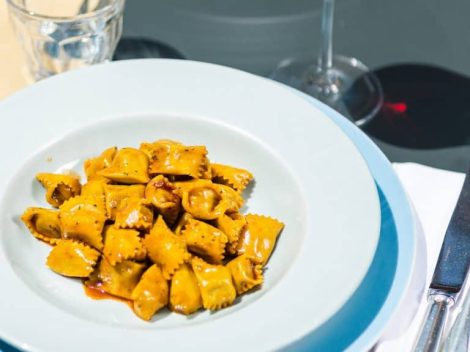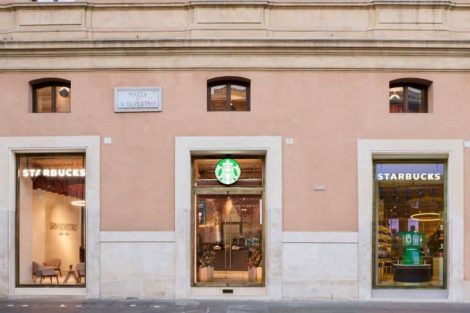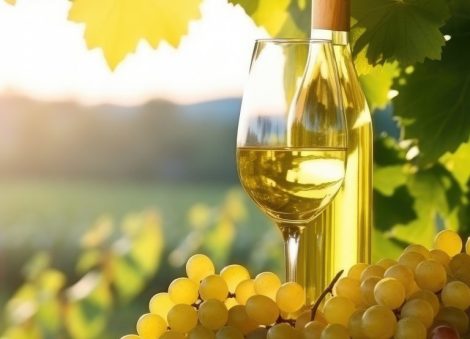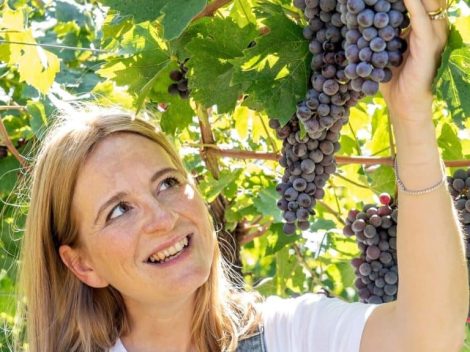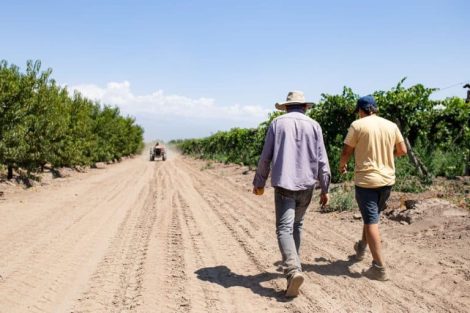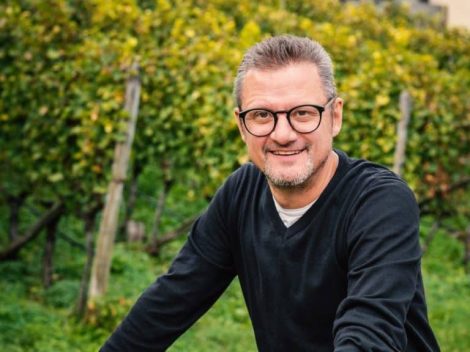1,300 years of history in the name of biodiversity. Villa Bibbiani is much more than a winery, much more than an estate. We have to go back to the Middle Ages to trace its origins: the earliest records date back to 767 AD, when the property with the main building was sold to the Benedictine monastery of San Bartolomeo in Pistoia. The manor house, that still dominates the estate, was built later in the 16th century by the noble Frescobaldi family. The wine production in the last few centuries was first enhanced by the marquesses Ridolfi (who became owners), in particular by Cosimo Ridolfi, a philanthropist with valuable experience in agronomy. We owe to him the great botanical garden surrounding the house, with over 49-acre Italian gardens, as well as olive groves and vineyards. Active since 2018, the current property is owned by a Texan tycoon who carried out a conservative renovation to the house and adjoining areas, which highlights its richness and aims above all at the production of authentic and territorial wines.
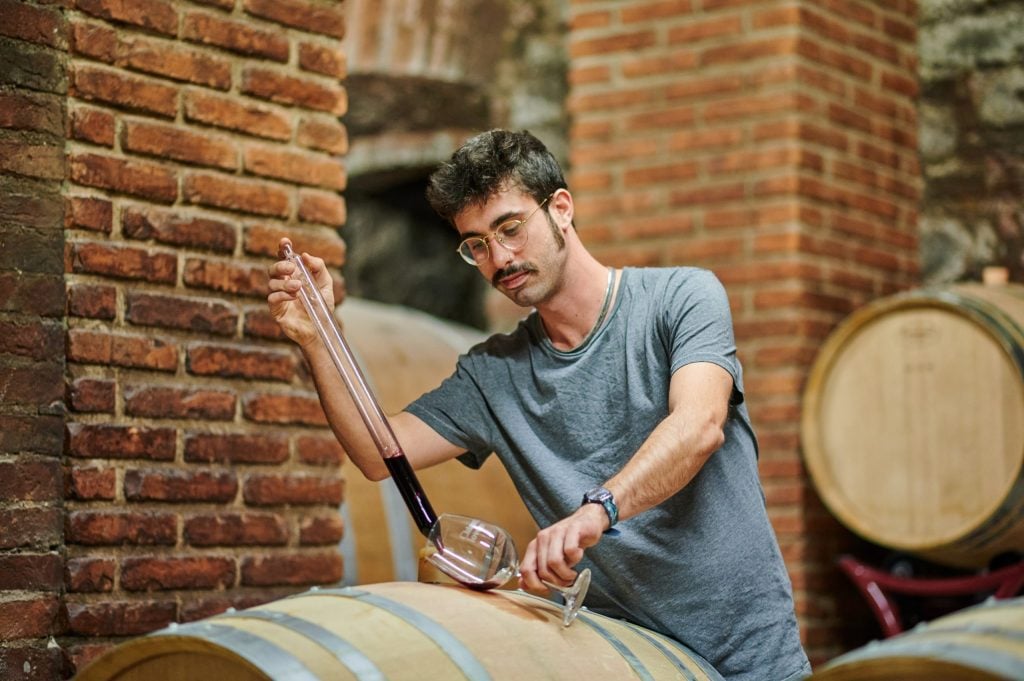
"As we all know, the key to making a good wine is maximum respect for the terroir, and we at Villa Bibbiani work solely along these lines," says Leopoldo Morara, winery's young oenologist. "We are trying to emphasise the terroir, especially because we really believe in this small portion of the territory, a subzone of the large and well-known Chianti area. That's why we first want to produce Montalbano wines, and it's no coincidence that most of the 45 acres are planted with Sangiovese. We started in 2018 and the labels now produced are 5: our flagship is Chianti Montalbano, it’s there that we find our roots. We also produce a rosé, a blend of Sangiovese and Cabernet, and two red-wine varietals from our two grapes, one with Sangiovese and one with Cabernet Sauvignon. Besides, this international grape has been grown in Tuscany for more than 300 years, in some areas very close to us with a very similar climate and soil.
In the cellar – he concludes – everything is done to respect the work in the vineyard. The grapes are picked strictly by hand, we only use gravity systems to avoid stressing the berries in any way and perform the marc pressing, a slow and gentle system to bring out as much as possible our terroir in which we firmly believe. We conduct many ageing experiments, yet always bearing in mind the same purpose. From barriques, large barrels, to amphorae, the objectives must be the same: precision, but above all authenticity, essential characteristics for making great wines".
Villa Bibbiani. 5 labels for one terroir
The wines come from a 45-acre vineyard, 7 of which are planted with Cabernet Sauvignon, the remainder with Sangiovese. Chianti Montalbano is a wine for everyday drinking, a great companion for meals, fragrant to drink and with immediate aromas. There is no trade name for it, since the idea is to highlight Montalbano, the small Chianti subzone where the vineyards are located. Flora is another everyday wine, a saignée rosé made from Sangiovese too. The grapes come from the estate’s highest plots, with freshness being wine’s distinctive feature. Then there is Treggiaia, a wine that aims to represent the perfect mix of the estate's two grapes, Sangiovese and Cabernet. Last but not least, two reds from single grape varieties, winery’s flagships in terms of grape selection and price range: the first varietal, Pulignano, is made from Sangiovese, while the second one, Montereggi, from Cabernet: the former is elegant, deep, with great vertical development, while the latter is thicker and more structured, yet both flawless in their olfactory precision and fascinating in their drinking, sip after sip.
Villa Bibbiani. The manor house surrounded by 988-acre greenery and forest
The estate boasts 988 acres of land where, in addition to vineyards, olive groves and arable lands, there are important woodlands that preserve the biodiversity of the entire area. The property is dominated by the completely renovated villa, characterised by a very linear architecture, with the central block flanked by two wings, like most classic Renaissance villas. The very large rooms are embellished with antique elements, with the day rooms (including the kitchen) on the ground floor and the bathrooms and bedrooms on the upper floor. There is also a private chapel dedicated to Saint Teresa of Ávila and a theatre room. Besides the cellar, other outbuildings include the stables, the greenhouses and the oil mill. The garden is a real gem that extends around the villa, mixing lawns, exotic plants and thousand-year-old trees. The scenery is dominated by a 82-feet-tall stone pine, several cedars of Lebanon, a giant sequoia, a Caucasian fir and a hovenia dulcis originally from China, one of the first specimens introduced to Italy.
Villa Bibbiani
Capraia e Limite (FI) – loc. Bibbiani – 3386004733 – villabibbiani.it
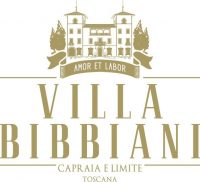

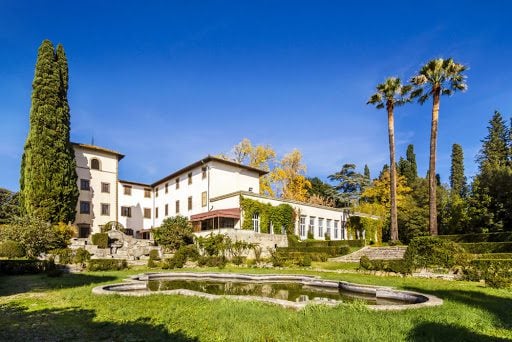
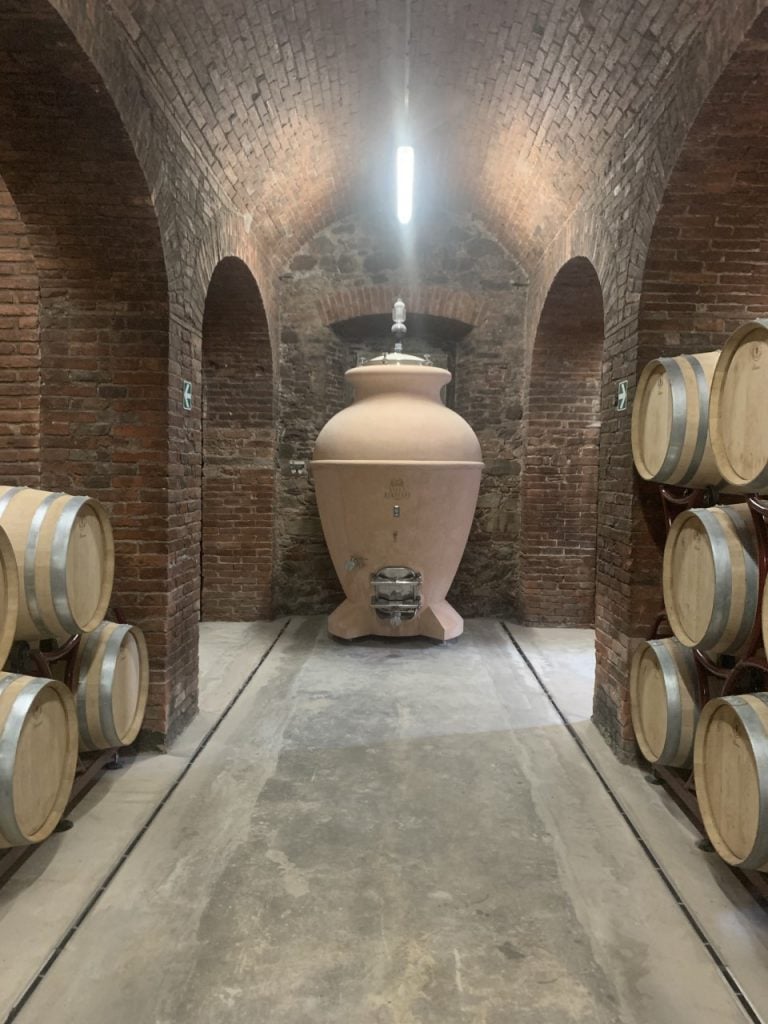
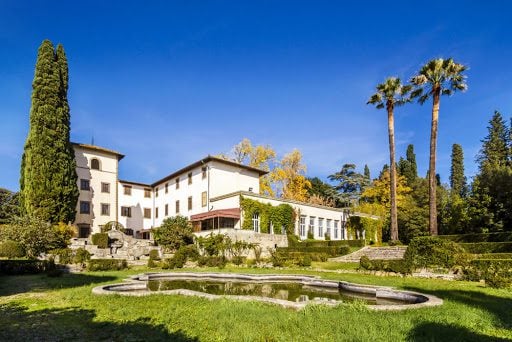
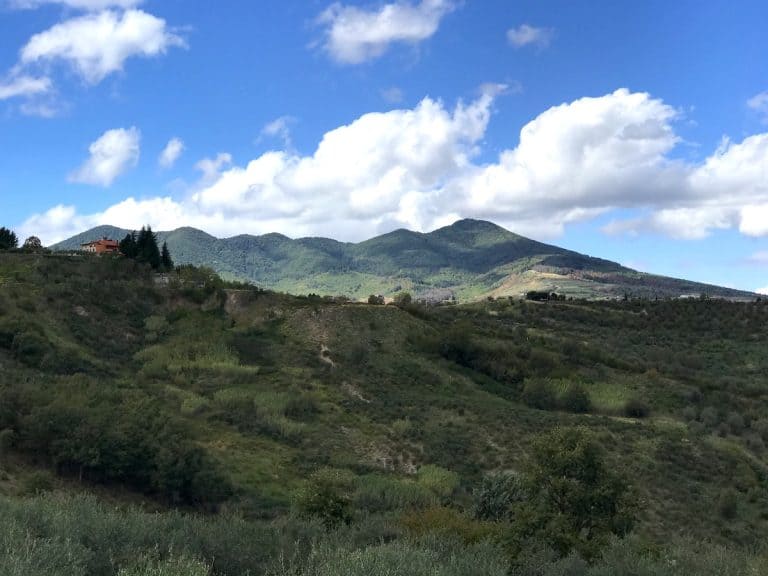 Where to eat in Venosa, the home of Aglianico del Vulture
Where to eat in Venosa, the home of Aglianico del Vulture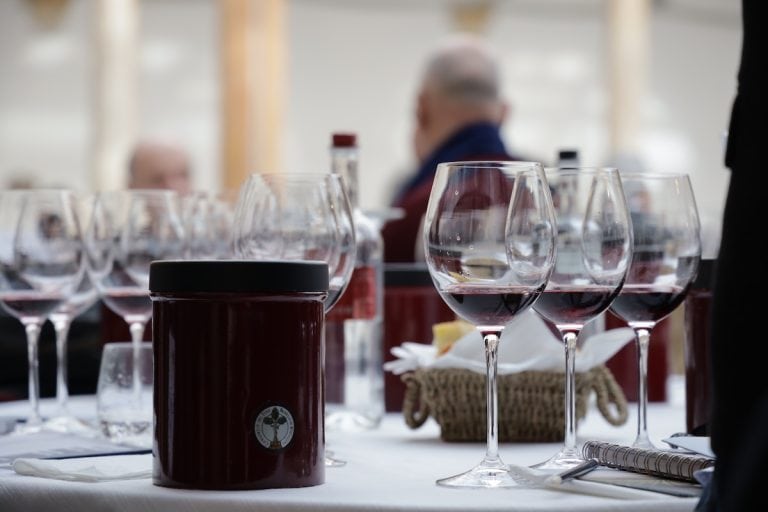 Brunello vs all: the Tuscan DOCG secures leadership in the luxury market in the US
Brunello vs all: the Tuscan DOCG secures leadership in the luxury market in the US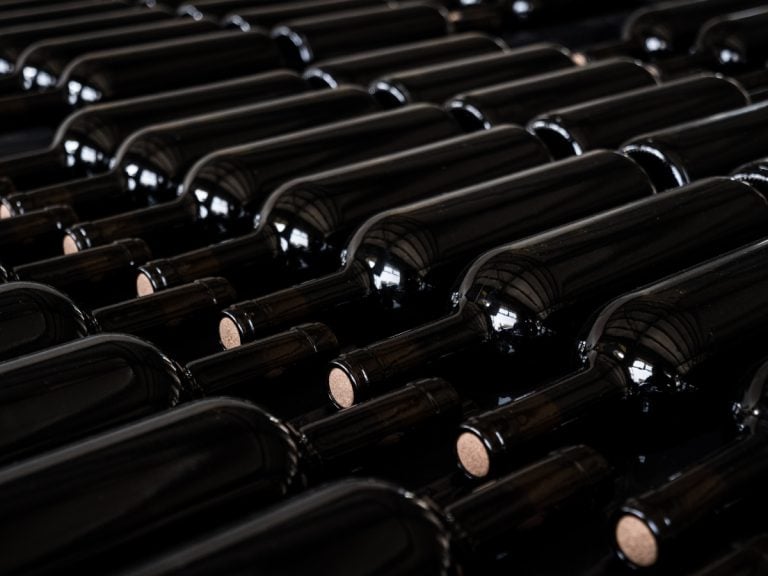 Italian wine exports reach €5.1 billion in the first eight months of the year
Italian wine exports reach €5.1 billion in the first eight months of the year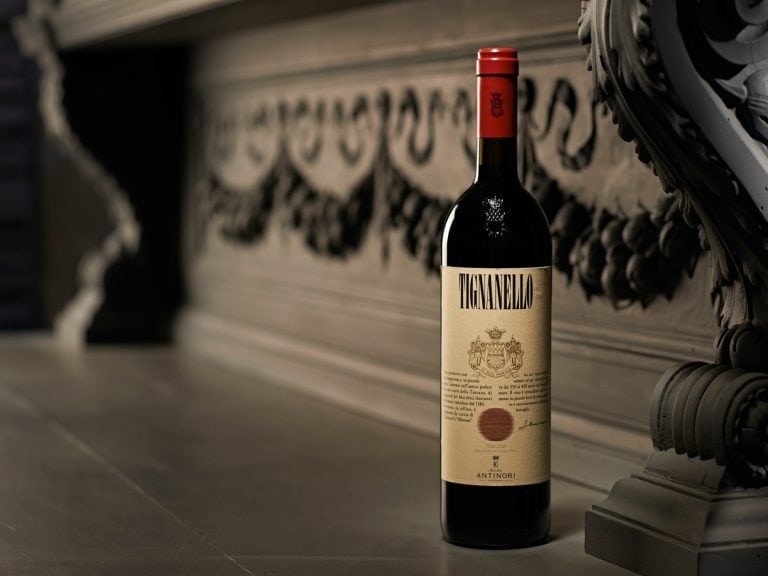 A Supertuscan takes the podium in Wine Spectator’s rankings
A Supertuscan takes the podium in Wine Spectator’s rankings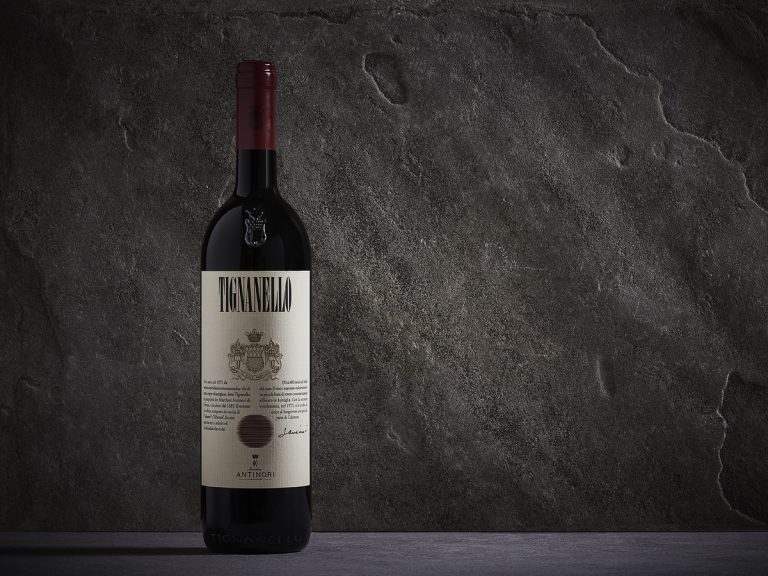 After 50 years, Tignanello still captures the spirit of the times
After 50 years, Tignanello still captures the spirit of the times